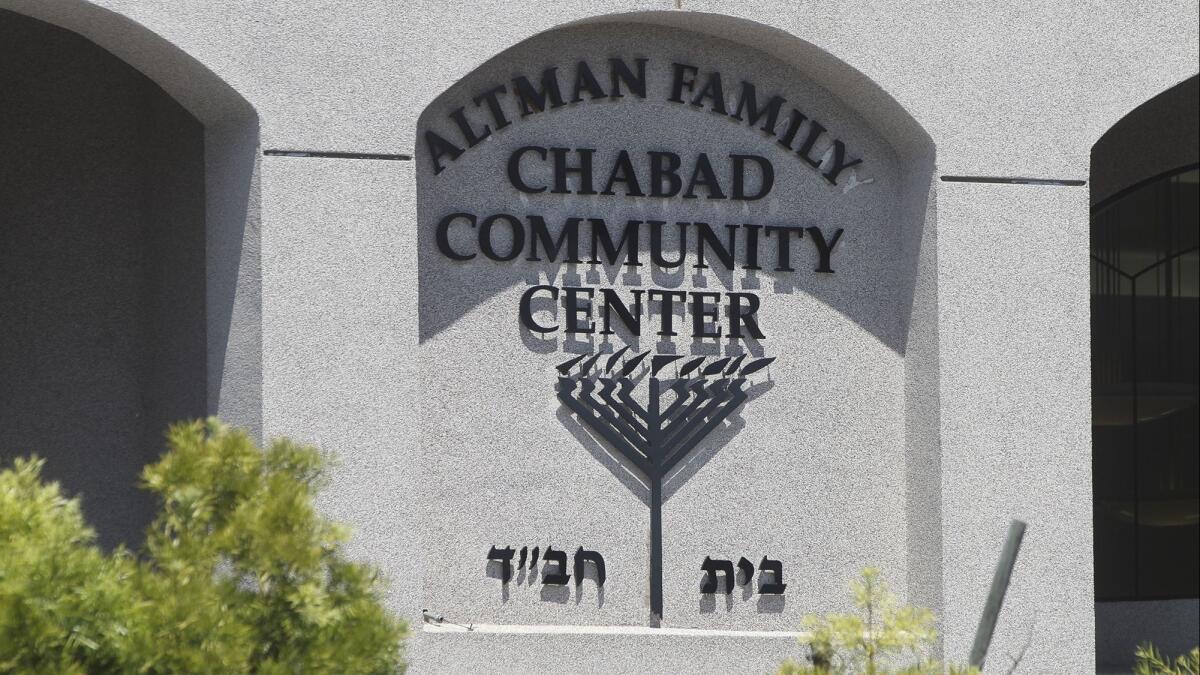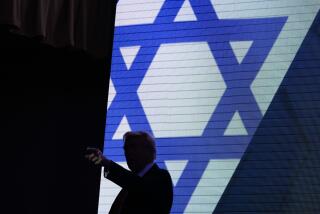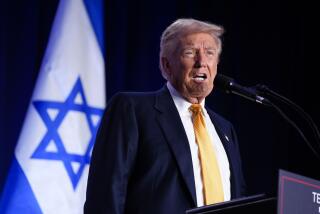Poway synagogue shooting is the latest in a trend of anti-Semitic incidents

This article was originally published Oct. 30, 2018, after the Tree of Life Synagogue shooting in Pittsburgh. It was updated after Saturdayâs Chabad of Poway shooting.
Anti-Semitism has always been present in American society, but in the last two years it has been especially visible.
The shooting near San Diego at the Chabad of Poway synagogue Saturday happened exactly six months after 11 worshipers were killed at the Tree of Life Synagogue in Pittsburgh.
Police arrested a suspect in the shooting in Poway that left one person dead and three injured, and the mayor of the city said he believes the crime was spurred by anti-Jewish hatred.
The shooting in Pittsburgh last year was the deadliest attack on Jewish people in U.S. history, and the man charged in the attack made clear that he wanted to eradicate Jews. Jewish community centers around the country received dozens of bomb threats in 2017. The 2016 presidential campaign included anti-Jewish imagery. White supremacists have marched through the streets of Charlottesville, Va., with torches chanting, âJews will not replace us!â
Data indicate the problem is getting worse. The number of anti-Semitic incidents and crimes has been rising rapidly after years of decline, though the most recent annual tallies are still below the peaks of the last two decades.
The Anti-Defamation League has tracked anti-Semitic incidents since 1979, drawing on reports from victims, police and news publications. The worst year was 1994, with 2,066 incidents. By 2013, the total fell to 751. It has been rising ever since, with the biggest all-time annual jump coming in 2017, when the tally climbed 57% to 1,986. (Data for 2018 have not yet been released.)
The majority of those incidents were harassment, which rose 41% to 1,015 incidents, including 163 bomb threats against Jewish community centers and synagogues. Vandalism rose 86% to 952 cases.
The number of physical assaults, however, fell 47% â from 36 to 19.
âWeâre not necessarily seeing a historic rise in anti-Semitism when you zoom out,â said Brian Levin, director of the Center for the Study of Hate and Extremism at Cal State San Bernardino. âBut the anti-Semites and white supremacists are more emboldened.â
The FBI began monitoring hate crimes, including anti-Semitism, in 1992. It defines a hate crime as a âcriminal offense against a person or property motivated in whole or in part by an offenderâs bias against a race, religion, disability, sexual orientation, ethnicity, gender, or gender identity.â
Hate crimes targeting Jews peaked at 1,013 in 2008 and declined to a low of 609 in 2014. The total increased the next year to 664 and again in 2016 to 684. The FBIâs latest report on hate crimes was released last year and found 938 crimes against Jewish people in 2017, a 37% increase. Numbers for 2018 are expected to be released this fall.
Most anti-Semitic incidents in the U.S. do not happen at large events or through deadly violence.
Last year, the Anti-Defamation League reported that â4.2 million anti-Semitic tweets were shared or re-shared in English on Twitterâ over a yearlong period ending in January 2018.
âA lot of anti-Semitism has now gone from public spaces to virtual spaces,â Levin said. âWe have a fragmentation of hate groups. We now have loners, autonomous actors and small local groups filling the gap where the largest groups had previously exerted some kind of prominence. Not anymore.â
The Anti-Defamation League and other civil rights groups have pointed out that the steep rise in anti-Semitic incidents corresponds to President Trumpâs rise to power, and they blame him for fueling anti-Jewish sentiment.
The groups said the presidentâs anti-immigrant and anti-refugee pronouncements have emboldened white supremacist groups, which have embraced him.
The president has also tweeted anti-Jewish and anti-Muslim memes from known extremists, including a campaign tweet that featured a symbol similar to the Star of David, images of cash and the phrase âmost corrupt candidate everâ to describe Hillary Clinton. In late 2017, Trump tweeted anti-Muslim videos from the far-right group Britain First, drawing condemnation from Prime Minister Theresa May.
Activists said Trumpâs vilification of liberal philanthropist George Soros, whom he has accused of hiring people to protest conservative causes, has played into conspiracy theories about wealthy Jews.
Trumpâs supporters deny that he has stoked hate, saying that hate crimes were already rising before he took office and that he has denounced anti-Semitism. They have also emphasized that he has a Jewish son-in-law and his daughter converted to Judaism.
Trump âadores Jewish Americans as part of his own family,â White House Press Secretary Sarah Huckabee Sanders said last fall after the Pittsburgh shooting.
Itâs unclear whether the violence and anti-Semitic incidents carried out by a small number of extremists and hatemongers represent more widespread feelings against Jews.
One study suggested that such sentiments are limited and on the decline.
A Pew Research Center survey of Americans in 2017 found that of all major religious groups, Jewish people had the highest favorability rating. In the survey, respondents rated Jewish people compared with Catholics, mainline Protestants, evangelical Christians, Buddhists, Hindus, Mormons, atheists and Muslims.
In the survey, which asked a representative group of 4,248 U.S. adults to evaluate religious groups on a âfeelings thermometer,â in which warmer ratings corresponded to more positive views, Jews received a rating of 67 out of 100. That was an improvement over the last such poll.
âJews and Catholics continue to be among the groups that receive the warmest ratings â even warmer than in 2014,â the report noted.
More to Read
Sign up for Essential California
The most important California stories and recommendations in your inbox every morning.
You may occasionally receive promotional content from the Los Angeles Times.











